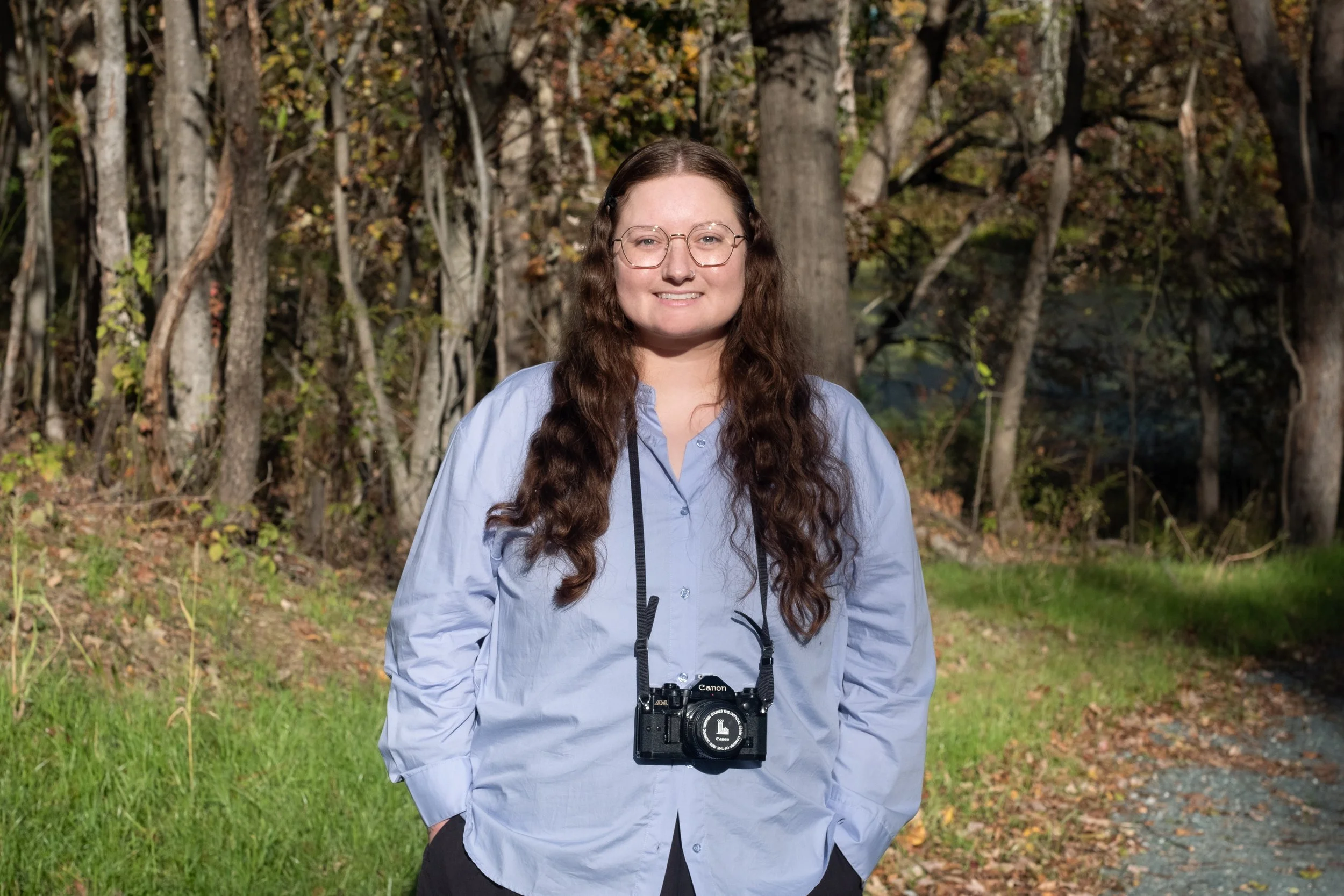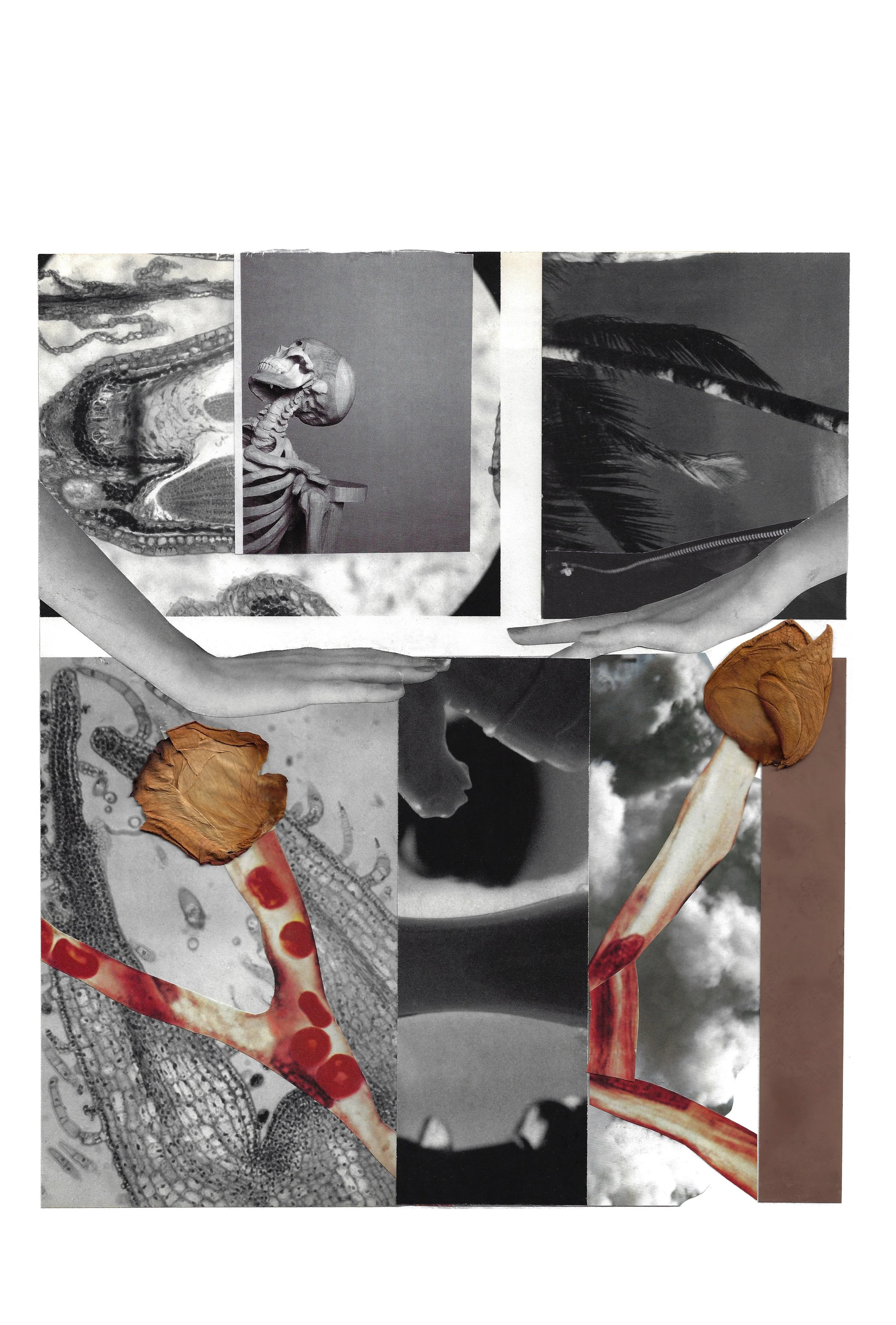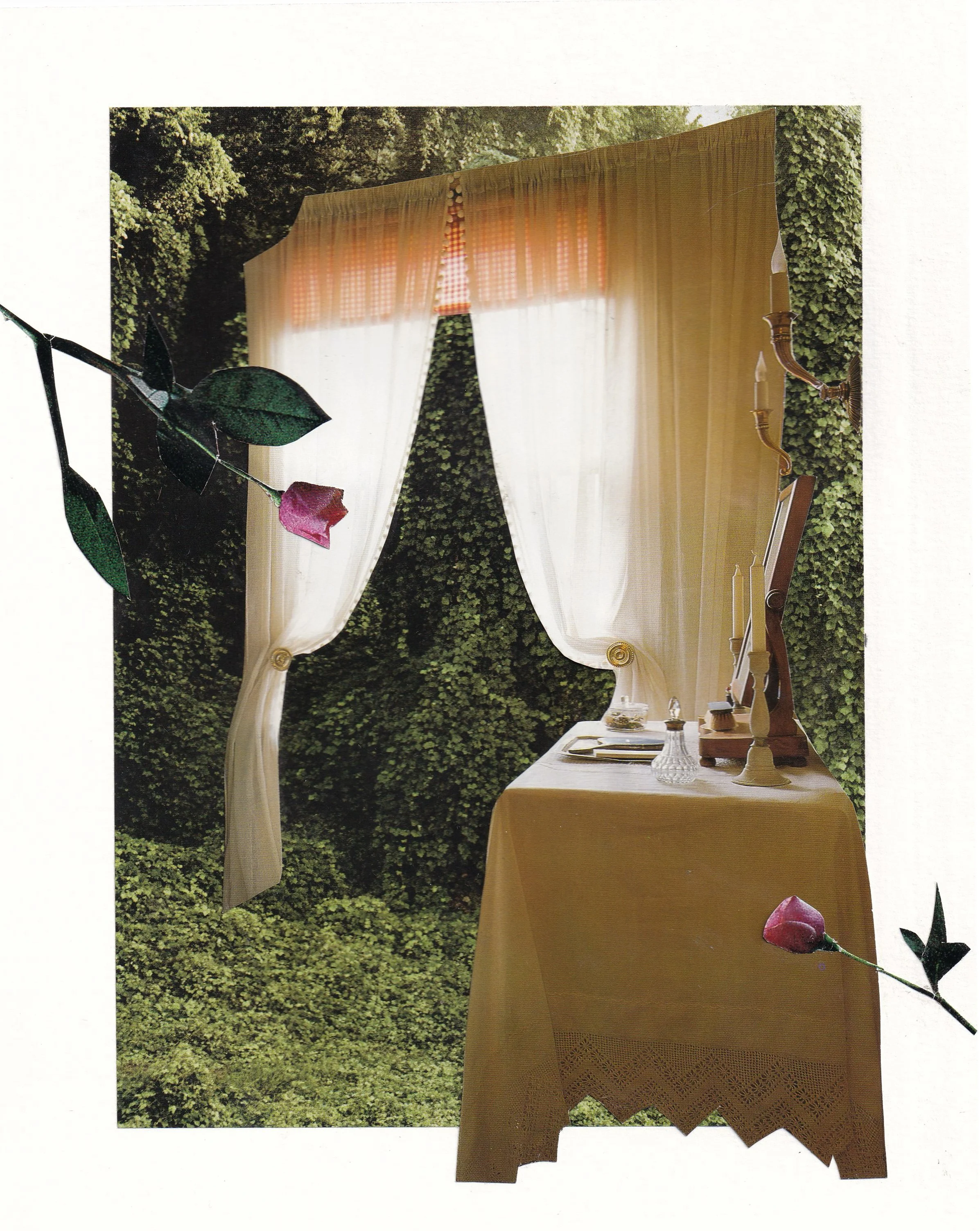Lindsey DeBerry is a freelance graphic designer and photographer and exhibiting visual artist based in upstate New York. Lindsey works with clients on photoshoots (specialized in portraits and products) and graphic design services (including restaurant menus, band posters, film posters, and more). Lindsey also taught the art program at a local Boys’ and Girls’ Club, where she developed lesson plans with an emphasis on art therapy and social justice, implementing a full coursework in fine arts for K-12 students in their after school environment. She also taught an adult continuing education program in photography and photo editing. Additionally, she brought art to the community teaching art therapy classes at a variety of local studios, veterans’ posts, and home studios. Lindsey holds a Bachelors in Fine Arts in Graphic Design and Digital Media from Champlain College and is currently working on her Masters in Fine Arts in Art Education at Adelphi University. Her focus in teaching is on educating at risk populations on the power of art as an outlet for self-expression and a voice to communicate, and helping close the wealth gap through education, making art accessible for all. Lindsey’s collage and photo works have been displayed in galleries such as Arts Center of the Capital Region, Albany Center Gallery, Arlene’s Artist Materials, Second Street Studios, Albany Barn, Joyce Goldstein Gallery, Art on Lark, Saratoga Arts Project, and more.
MISSION STATEMENT:
I am a visual artist specializing in collage and film photography. I create representational hand cut collages constructed with recycled books and magazines and found objects. Inspired primarily by my travels and memories with loved ones, I take physical pieces with me from experiences I’ve had and adhere these objects to my works. My collage works are my own intimate reflections on grief, love, and transformation. Through my film photographs I highlight moments of magic and abstraction in the natural and manmade world. My photographs are taken with the same camera my grandfather used to document his own travels throughout life.
TEACHING PHILOSOPHY:
The most important idea I can impart to my students is that the arts are powerful. During my time teaching art at a Boys and Girls Club, photography for adult continuing education, and art classes at various locations, I’d see my students disconnect, express themselves, and find their voices through art. My students were able to channel their energy, grief, pain, and trauma into an experience that helped them to heal and process their emotions. Art has the power to heal. It has certainly helped me to cope in my own struggles, and I believe in passing along the gift of creative expression to those who need it the most. That is why I am an art educator.
My approach to teaching isn’t uniform; the relationship I have with each one of my students is uniquely personal. My teaching style is constructivist, hands-on, a collaborative process. I teach in a way that is open-ended and asks students to be innovative and develop their own creative thinking skills. I create scaffolded lessons which include object-based inquiry, in-depth artmaking, and reflection. Art teaches us so much about the world within us and the world surrounding us. It helps us to notice and reflect, to be present, and to make meaning. On a personal level, art helps us to express ourselves, which is an important part of being human. Art broadens and shifts our perspectives, expands our consciousness, and helps us to live more full and rich lives.
A great philosopher in the field of education, Elliot W. Eisner, speaks about the importance of the art classroom as an inclusive space for students of all backgrounds and interests. In my art classroom, I make it a point to celebrate differences, uniqueness, and help my students to build empathy and understanding. My art classroom is a place of expressive freedom, acceptance, and pride. It is flexible and ever-evolving, as a reflection of the real world. Students are in a constant process of exploration and discovery. In my classroom we explore themes such as identity, social justice, storytelling, and conflict and adversity. In my art classroom, we take our projects in to the real world. My former students have interacted with artists from their community, displayed their works in shows I've curated open to their friends and family, and participated in community projects such as public art murals. My students see the effects of their own artwork in the real world. I hope to form students who are the critical thinkers and doers of tomorrow, liberate populations, and empower my students to personal, social, and political action.







